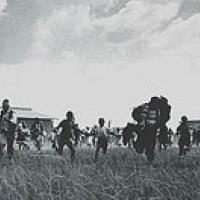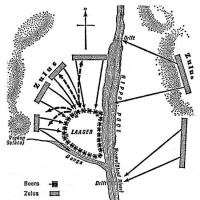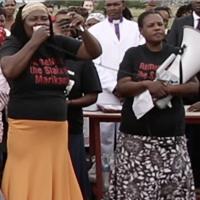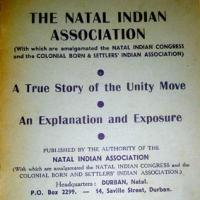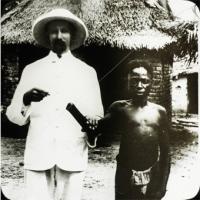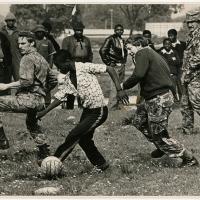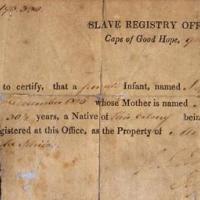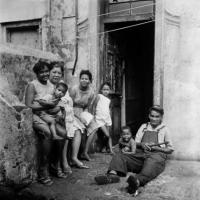One of the organisers of the 1956 Women's March, Lilian Ngoyi
Document Preview
Document Preview
Document Preview
Document Preview
Document Preview
Document Preview
History Classroom Grade 11
Featured topics
This day in history
Find out who was born, who died and other significant events from this day in history
History in Images
A young victim of the atrocities committed by Belgium in the Congo stands next to a missionary.
Image Source:
www.wikimedia.org
Riot police play a game of soccer with youths in Nyanga on 27 August 1976. Photo by John Paisley
Image Source:
www.lib.uct.ac.za
A certificate of slavery for an infant named Sophie, dated 1827 Cape of Good Hope.
Image Source:
www.theculturetrip.com
Riot police attempt to block the way of workers leaving a May Day meeting at Khotso House in Johannesburg in May 1985.
Image Source:
www.digitalcollections.lib.uct.ac.za
The little Town of White River - an important Farming and tourism centre - was founded around 1890. It’s proximity to the Kruger National Park renders it a great base from which to explore the Park and other undiscovered gems in the Area. The Farming tradition of the people that settled in White River, after the Anglo-Boer War, have remained practically the same to this day. The Area still attracts many who wish to witness this culture first hand and learn more about a place such as this which is virtually untouched!
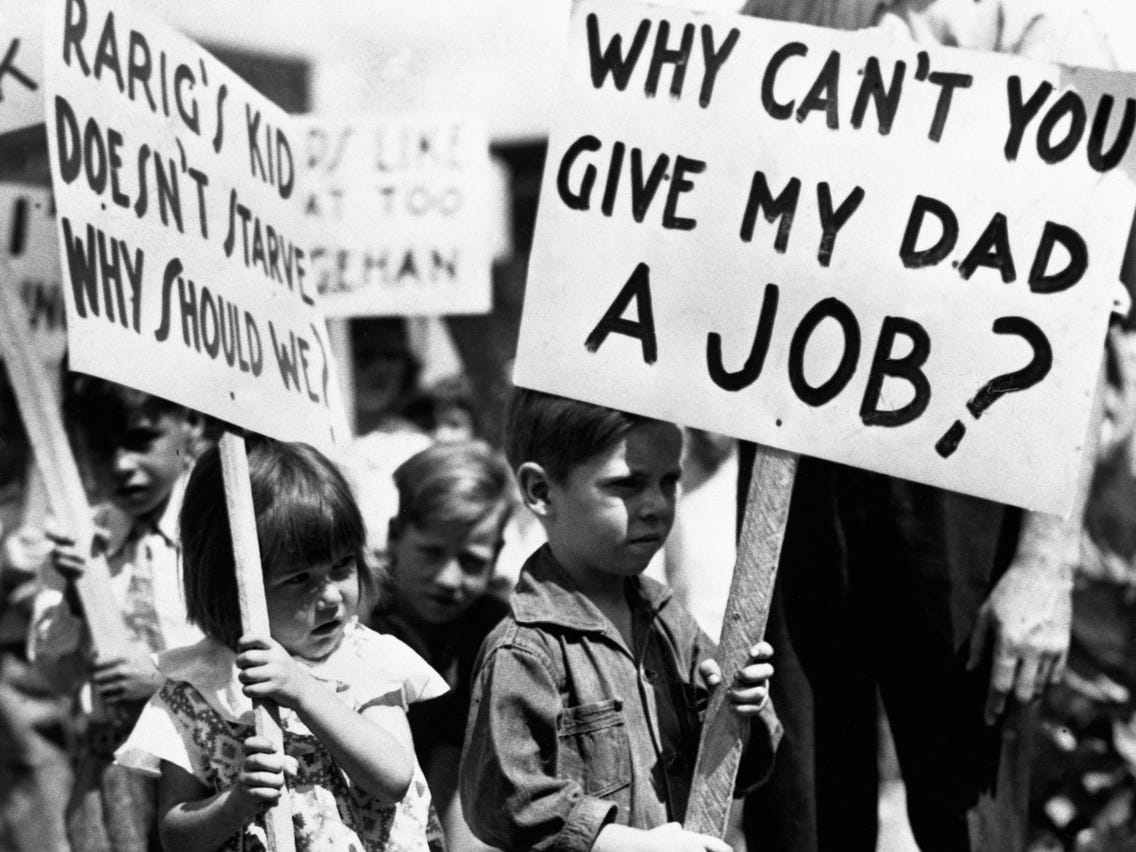 The picture above shows how dire the situation was in America during the Great DepressionImage Source
The picture above shows how dire the situation was in America during the Great DepressionImage Source
Source 2A
The source below describes the impact of the Great Depression on men in the USA.
Source 2A
